
NEW TOURIST ATTRACTION?
Nevertheless, not everybody in the municipality agrees on building the mirrors and the project has been controversial, admitted Loedoeen.
Some people argue that money should not be spent on such a project as more still needs to be done in providing care and other services to those who need them.
But Loedoeen said that of the budget only 1 million Norwegian kroner is public money while the rest is being collected from sponsors.
There is not much extra financial burden on the municipality as there will be no electricity bills, no need for an extra hand to monitor and control the whole system.
Once in a while, the surface of the mirrors would need to be cleaned. But the cleaning job will not cost much.
Ever since the Krossobanen cable car system began in 1928, people in Rjukan have been using it to get to the mountain top for winter activities and sunlight.
Will people in the town change their decades-old practice of using the cable car in winter? Not necessarily.
Karin Roe, Rjukan tourist office chief, said: "We think it will be more activities in town, specially in autumn and wintertime. People will be out more."
Situated near the Gaustatoppen summit and serving as the southern gateway to the Hardangervidda plateau, Rjukan is an important tourist destination in Norway.
Nature attractions and activities throughout the year draw about 150,000 tourists to the Rjukan area from near and afar.
Many residents in the town depend on the tourism industry, said Karin Roe, who hopes that the huge sun mirror will become a new attraction for tourists in summertime and wintertime as well.

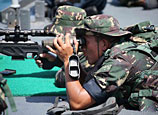

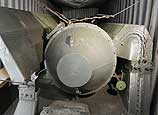
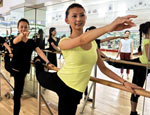
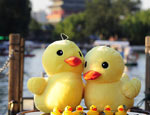
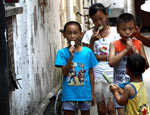
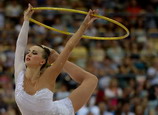

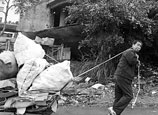
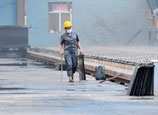






 China’s weekly story
China’s weekly story
(2013.7.5-7.12)


![]()
